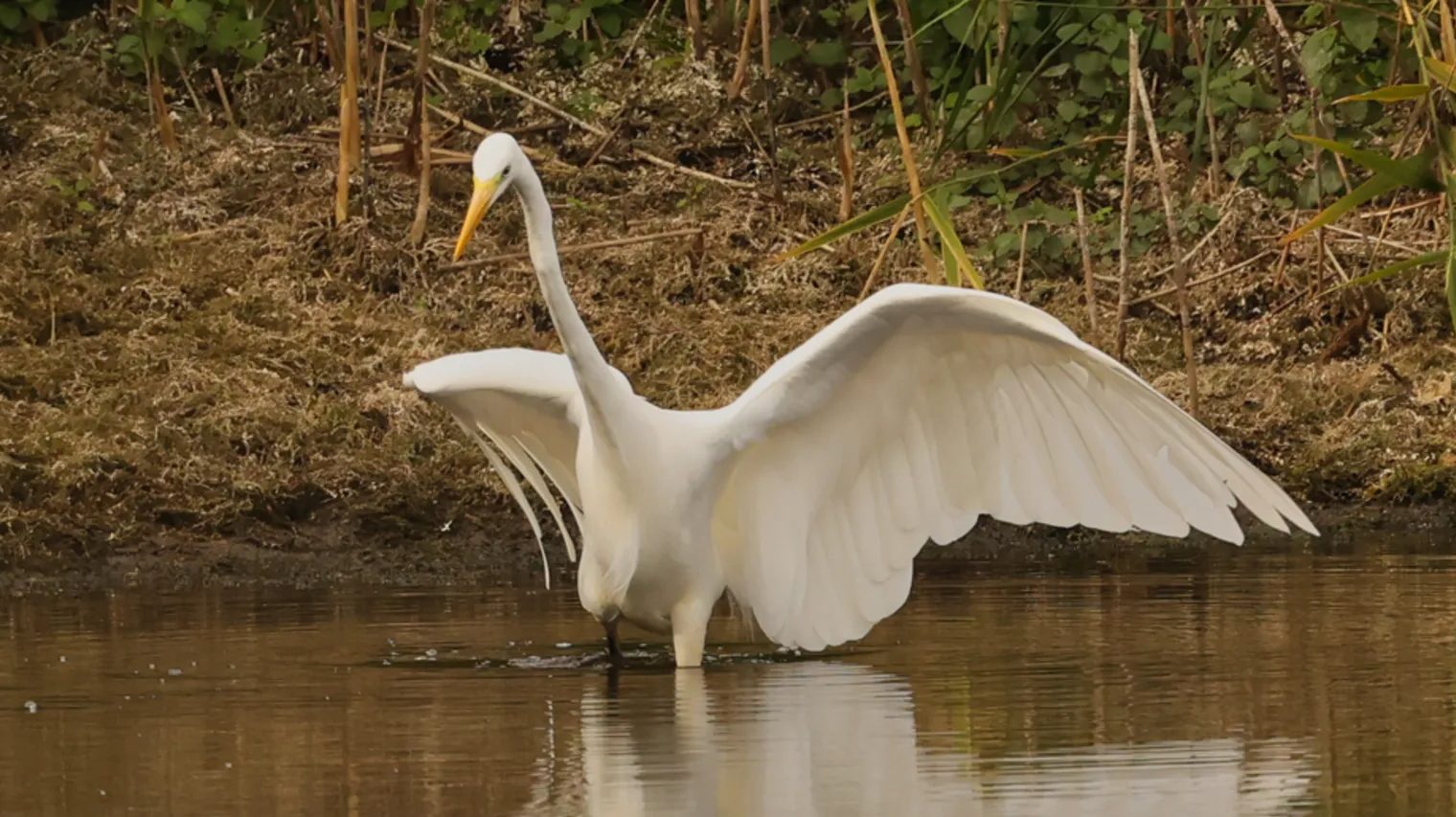
Lakenheath Fen, which lies on the borders of Suffolk, Cambridgeshire and Norfolk, is a vital habitat supporting a wide variety of species, from swans and fish to insects and rare birds. But after months of drought, conservationists are warning that some of these species may struggle to survive.
Dave Rogers, who has managed the Royal Society for the Protection of Birds (RSPB) site for 14 years, says he has never been more concerned.
"Fens are meant to be wet. Climate models predict wetter winters but much drier summers, and that is troubling for us," he explained.
He added that crucial rainfall in early spring simply never arrived.
"It needs to be wet in March and April. This year, our wet grasslands were bone dry, leaving breeding waders with no suitable habitat. Many of these birds take several years to mature, so it could be a year or two before we understand the full impact on their numbers."
The scale of the drought has been striking. According to Anglian Water, the East of England recorded its lowest spring and summer rainfall since 1976 – the third driest season since records began in 1899.
In response, Rogers and his team are taking action. They are installing pumps to artificially re-wet the grasslands ahead of next year's breeding season.
"It's about reshaping the reserve to be as adaptable as possible in the face of these events," Rogers said.
The wider picture is equally troubling. A 2023 study by The Wildlife Trusts revealed that nearly one in six of over 10,000 species in England, Scotland and Wales is at risk of disappearing. Populations of birds have dropped by 43% and amphibians and reptiles by 31% over recent decades.
Birdwatchers are also expressing unease.
"It's a real worry because you don't know exactly how badly it will affect the birds and other wildlife," said local birdwatcher Mike Reed. "But the extremes we're seeing are bound to be critical for many animals."